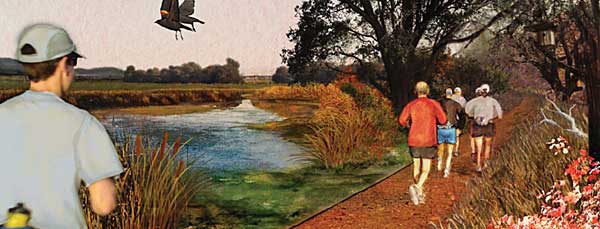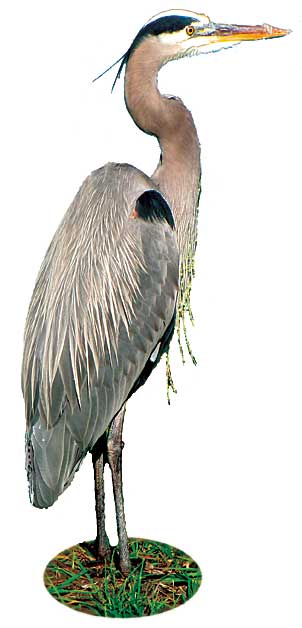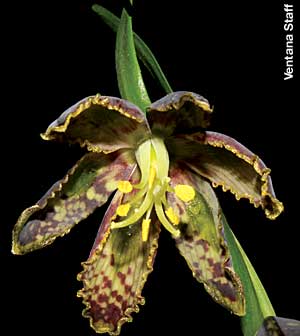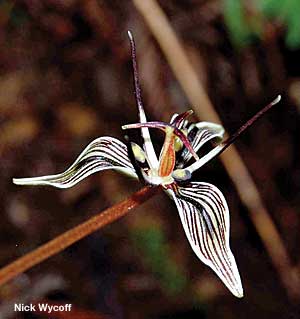
Imagine a Pajaro River lined with trees and trails where restored wetlands could provide opportunities for birdwatching and kayaking. 
Ventana Staff Today when the Pajaro Valley might again become a tourist destination and provide greater resources for local residents, the river is sad and depleted. Unlike cities such as San Luis Obispo, Napa, Santa Rosa, and Redding which have taken advantage of the river that runs through their communities, Watsonville and Pajaro have turned their backs on the river. Residents rarely venture into the Pajaro riverbed with its many encampments and dangers associated with drug deals and violence. The river corridor is bereft of trees; the river often stagnant and polluted. Maintenance agreements with the Army Corps of Engineers have required counties to cut many of the large trees that could shade and beautify the floodplain.
The Sierra Club Pajaro River Watershed Committee decided over a year ago to imagine ways to improve the connection of the River with its communities. The Committee obtained grants and hired professor Matt Kondolf, a hydrologist and planner at the Berkeley School of Urban Planning and Landscape Architecture, to help consider the River’s potential. On several exploratory trips to the River, Dr. Kondolf brought a recent graduate of the program, Jennifer Natali. Jennifer, it turned out, had all the skills, talents, and training necessary to envision a revitalized Pajaro River.
Natali spent many hours riding her bike on the levees and around the communities. She camped in the vicinity and talked with dozens of residents. Then she went to work and did what the Committee requested. She visualized many ways for people to interact safely and enjoyably with the River, and she documented her ideas with maps, charts, and beautifully-detailed drawings.
The Pajaro River Watershed is huge, so Jennifer envisioned only the area from Murphy’s Crossing to the Monterey Bay where the Army Corps would eventually rebuild the levees. Jennifer mapped out many biking and hiking trails between the River and target destinations in Watsonville, thus creating transportation benefits as well as access to the River. She found a place for a tree-lined paseo where people could interact with each other at the River’s edge. Restored wetlands and bioswales could provide opportunities for bird watching and kayaking.
The City of Watsonville invited the Committee and Jennifer to present the plan to several of their departments and to the City Manager who liked the ideas but made no commitments to include them in the General Plan. On November 10, the Committee showed the plan to the Watsonville City Council, asking them to support projects as their various departments presented them. This time the Santa Cruz Sentinel picked up the story, and the Connectivity Vision gained more visibility. The Council members expressed interest.
To see the plan visit http://jennifernatali.com/pajaro/Presentation_ParksRec.pdf.
You can become part of the process to Revitalize the Pajaro River. To schedule a presentation about the plan contact Lois Robin,
, 464-3939.
|
|
 |

The flower pictured in the two views left and above on this page is the Checker Lily, also called Mission Bells (Fritillaria lanceolata). It is usually found in shade in redwood and mixed evergreen forests.

Few people have seen the flower of Fetid Adder’s Tongue (Scoliopus bigelovii), one of the earliest to flower in the spring.What appears to be petals are actually the sepals, stamped with distinct dark purple veins. The petals are erect, dark purple, and horn-like. Fetid Adder’s Tongue has large oval leaves with purple blotches. In bloom, it has an unpleasant smell.
|
|

